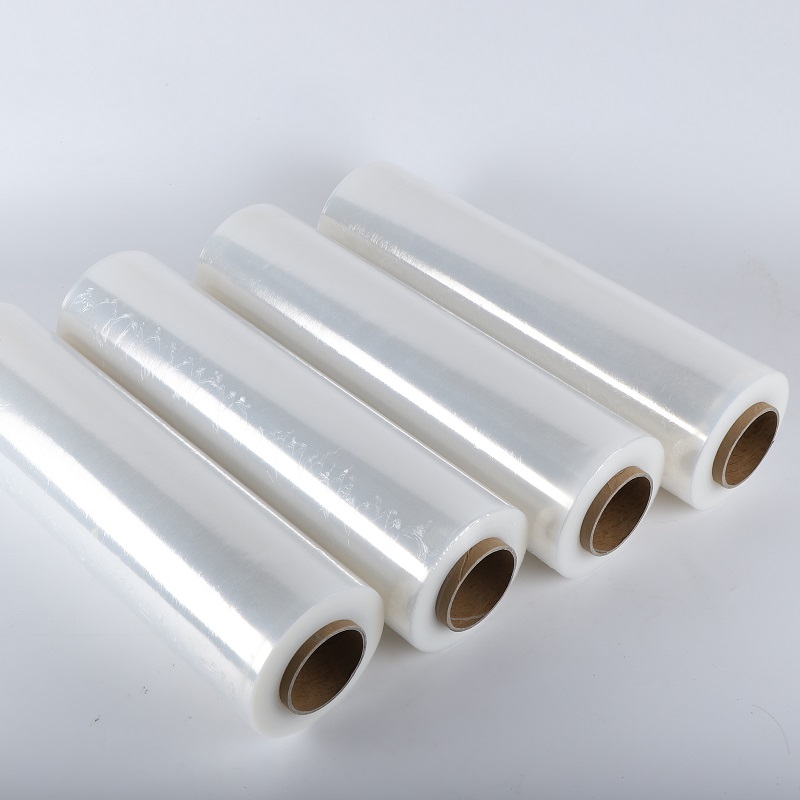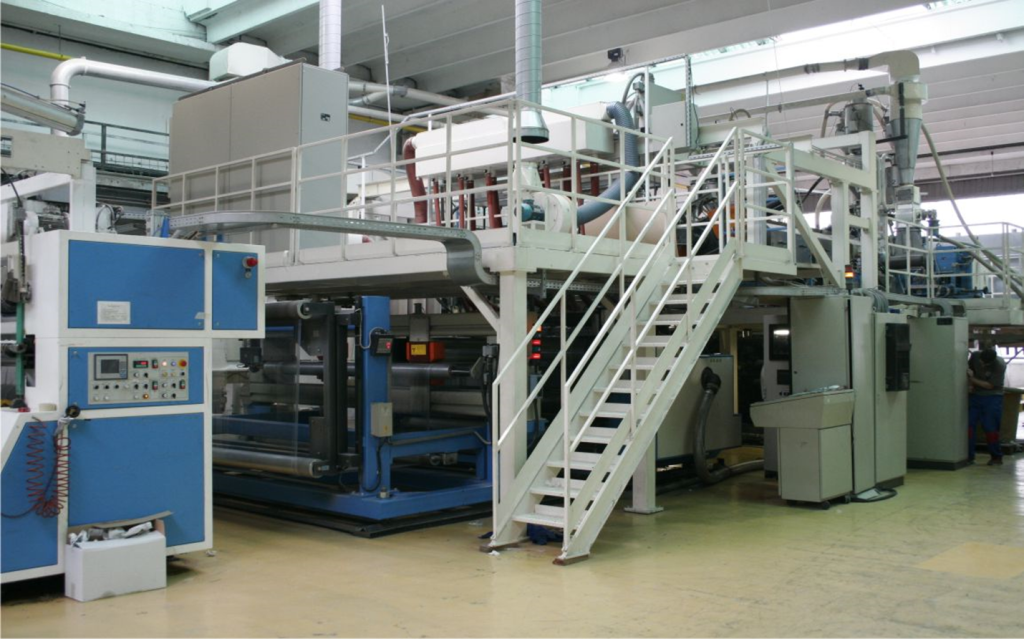When it comes to packaging, many people wonder: is stretch film the same as cling film? While both are essential tools in packaging, they serve different purposes and are designed for unique applications. Understanding these differences can help you choose the right material for your needs.
Stretch Film: What You Need to Know
Stretch film, also known as stretch wrap, is a highly stretchable plastic film typically made of linear low-density polyethylene (LLDPE). Its primary purpose is to secure and stabilize palletized loads during transportation or storage. By being stretched and wrapped around pallets or items, stretch film clings to itself, forming a tight seal that keeps goods in place.
Stretch film is a staple in industries such as logistics, warehousing, manufacturing, and retail. It provides protection against dust, moisture, and damage, ensuring that products arrive at their destination intact.
Key benefits of using stretch film include:
- Enhanced load stability: Keeps items tightly secured.
- Protection: Shields products from dust and moisture.
- Cost-effective: Reduces packaging costs by minimizing product damage.
For more on how stretch film can improve your packaging process, visit Stretch Wrap 101 (Uline).
Cling Film: An Overview
Cling film, also known as plastic wrap, food wrap, or saran wrap, is a thin plastic film typically made of polyethylene. Its design allows it to cling to surfaces like bowls, plates, or food items, helping to keep them fresh and preventing exposure to air or moisture. Cling film is a household essential, widely used for food storage and preservation.
Unlike stretch film, cling film is not meant to be stretched or used for securing or stabilizing loads during transportation or storage. It’s ideal for keeping leftovers fresh, covering dishes, and wrapping food items.
Key benefits of using cling film include:
- Freshness: Keeps food items fresh for longer.
- Convenience: Easy to use in various household applications.
- Versatility: Suitable for covering bowls, plates, and wrapping food items.
Learn more about the best uses for cling film at Plastic Wrap: A Kitchen Staple (WebstaurantStore).
Comparing Stretch Film and Cling Film
In summary, while both stretch film and cling film are types of plastic films used for packaging purposes, they serve different functions and are used in different contexts.
- Stretch film is used primarily for securing and stabilizing palletized loads in industrial settings.
- Cling film is used mainly for food storage and preservation in household settings.
To answer the question, “Is stretch film the same as cling film?” – no, they are not the same. Each has unique properties and applications that make them suitable for specific tasks.
By understanding the distinct purposes of stretch film and cling film, you can make informed decisions about which material to use for your specific needs. Whether you’re in logistics or simply trying to keep your leftovers fresh, knowing the differences can save you time, money, and effort.
For additional insights on packaging materials, check out Packaging Innovations (Packaging Europe).
Conclusion
Is stretch film the same as cling film? Clearly, the answer lies in their distinct applications and benefits. Use this knowledge to enhance your packaging strategies and achieve the best results for your products or household needs.
Remember to consider the specific requirements of your packaging tasks before selecting either stretch film or cling film. This way, you’ll ensure optimal performance and efficiency in your packaging processes.




